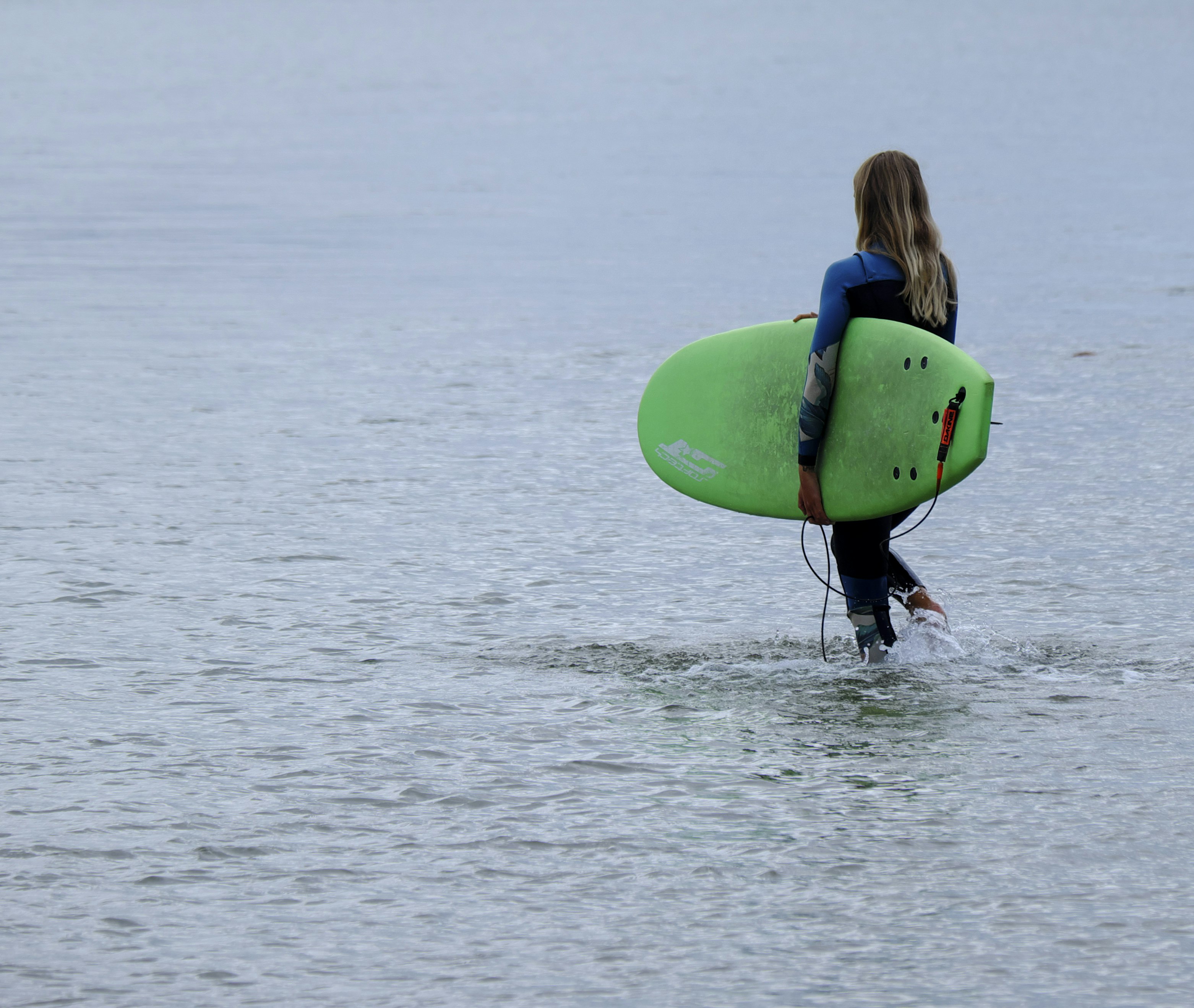A Brief History of

So, you’ve decided to take on the thrilling world of surfing? Congratulations! Riding those waves can bring an unmatched sense of freedom and excitement. But before you dive headfirst into the vast ocean, there’s one crucial accessory you absolutely must have: a surfboard leash.
1 Picture Gallery: A Brief History of
A surfboard leash, also known as a leg rope, is a vital piece of equipment that connects you to your surfboard. It may seem like a simple cord, but it plays a crucial role in your safety and the longevity of your surfboard. In this ultimate guide, we’ll walk you through everything you need to know when choosing the perfect surfboard leash.
1. Types of Leashes:
Surfboard leashes come in various styles, each designed to cater to different surf conditions and skill levels. Here are the most common types:
a. Regular Leash: This is the standard leash suitable for most surfers. It attaches to your ankle and keeps your board close by if you wipeout or fall off.
b. Big Wave Leash: As the name suggests, this leash is designed to withstand the power of larger waves. It features a thicker cord and stronger construction to ensure your board stays connected even in the most challenging conditions.
c. Coiled Leash: Coiled leashes are excellent for reducing drag in the water. They are ideal for surfers who prefer riding shorter boards or those who navigate crowded lineups.
2. Length:
Choosing the right leash length is essential for safety and mobility in the water. The general rule of thumb is to pick a leash that matches the length of your surfboard. However, there are a few exceptions:
a. Shortboard Leash: For shortboards under 7 feet long, a leash around 6 feet is appropriate. A longer leash might tangle around your feet, hindering your performance.
b. Longboard Leash: Longboards, typically over 9 feet, require a longer leash of around 9 to 11 feet. This extra length allows for maneuverability and prevents the board from snapping back towards you.
3. Thickness:
The thickness of your surfboard leash determines its strength and durability. Thicker leashes are recommended for more powerful waves and bigger boards. Here’s a rough guide to choosing the right thickness:
a. 5mm: Suitable for small to medium-sized waves and light to medium-sized boards.
b. 6mm: Ideal for medium to large waves and heavier boards.
c. 7mm: Reserved for big wave surfing or heavy boards in powerful conditions.
4. Swivel:
A swivel is a small, rotating component that attaches the leash to the board. It allows the leash to move freely and prevents it from twisting and tangling. Make sure the leash you choose has a high-quality swivel to ensure smooth movement and avoid unnecessary frustrations.
5. Cuff and Attachment:
The cuff is the part of the leash that wraps around your ankle. It should be comfortable and secure, ensuring your leash stays connected even during intense wipeouts. Neoprene cuffs are highly recommended for their comfort and durability.
When it comes to the attachment to the board, most leashes have either a Velcro strap or a rail saver. Velcro straps are adjustable and easy to use, while rail savers protect your board’s rails from excessive pressure.
6. Maintenance and Care:
To prolong the life of your surfboard leash, proper care is essential. Rinse it with freshwater after every session to remove salt and sand, which can cause corrosion. Avoid leaving it in direct sunlight for extended periods, as this can weaken the leash material. Regularly check for any signs of wear and replace the leash if necessary.
In conclusion, choosing the right surfboard leash is a critical aspect of your surfing journey. Consider the type, length, thickness, swivel, cuff, and attachment when making your decision. Remember, safety should always be your top priority, so don’t compromise on quality. Now, armed with this ultimate guide, you can confidently select the perfect surfboard leash and take on those waves with style and security. Enjoy your surf sessions and happy shredding!
This post topic: Clothing & Fashion



